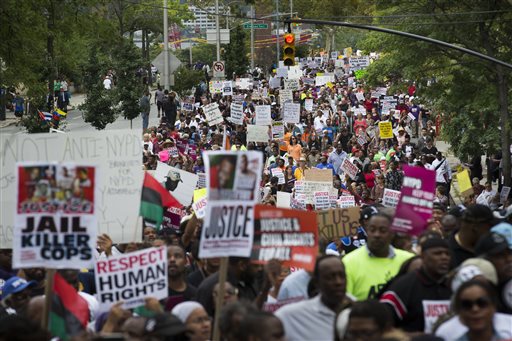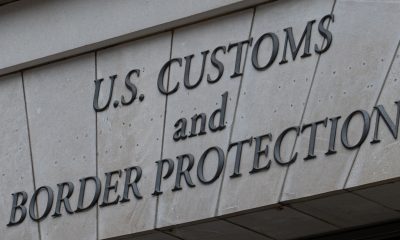National
Black People, White Government

(Al-Jazeera America) – In the wake of the unrest in Ferguson, Missouri, after the Aug. 9 shooting of black teenager Michael Brown by white police officer Darren Wilson, there has been a focus on racial disparities in representation. A recent study found that while people of color make up 37.2 percent of the U.S. population, they account for only 10 percent of elected officials at the federal, state and county levels. By contrast, white men, who make up 31 percent of the population, account for 65 percent of representatives.
With midterm elections coming up, registration and turnout are increasingly important matters, particularly in cities such as Ferguson that are majority black but are controlled by a majority white political class. The political scienceliterature allows us to discern why some councils in black cities are overwhelmingly white — and why this is a problem.
Proportional representation?
To find out which cities aren’t represented proportionally, Demos, the think tank where I work as a research assistant, turned to the International City/County Management Association (ICMA) census, which has demographic data on more than 2,600 cities. To measure descriptive representation, Demos examined councils where the share of the African-American population was large enough that a representative council would have at least one black councilmember. Of those 438 councils, 175 underrepresent their African-American population by at least one councilmember. Of the 95 cities that were half African-American, 42 of them were underrepresented by at least one councilmember. Within this group, 14 cities stood out as being particularly unrepresentative, with only one or no African-Americans on their councils. One such city, with a population that is 63 percent black but a council with only one black member, is Ferguson.







































